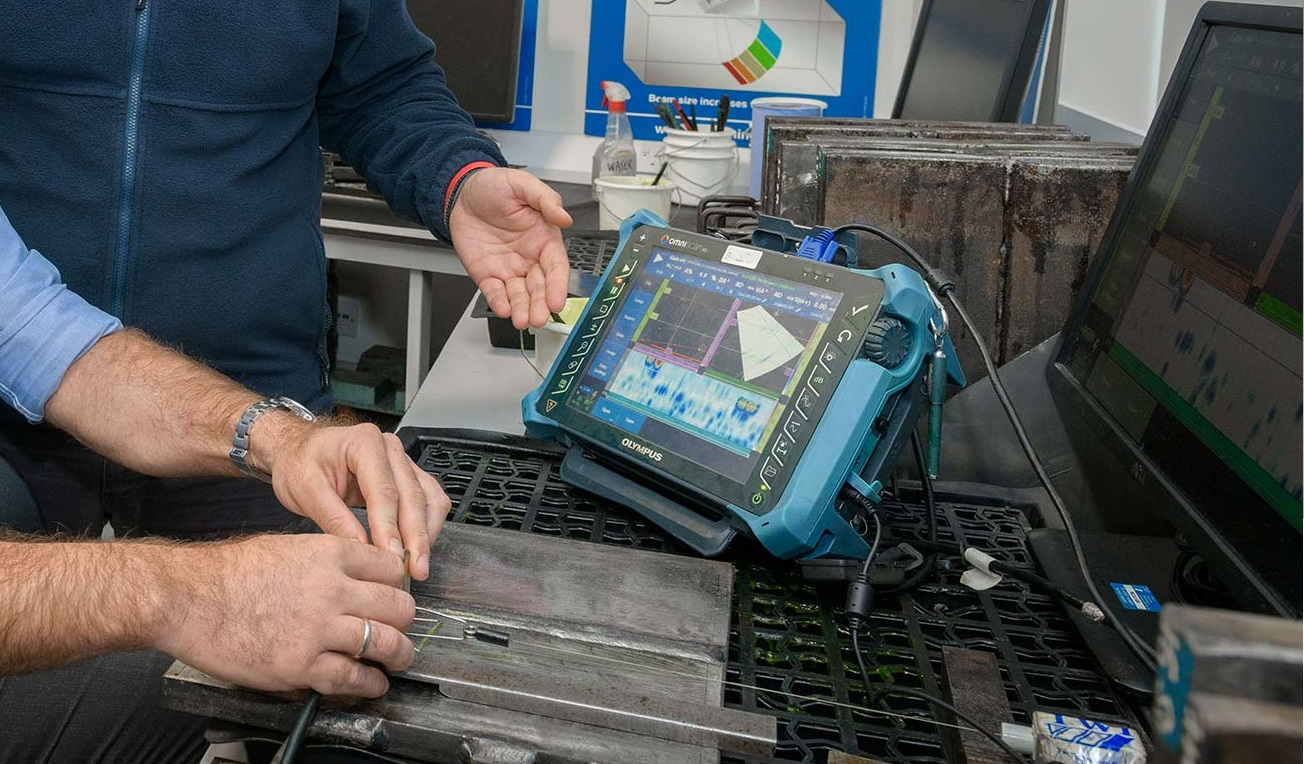We take a bottom-line approach to each project. Our clients consistently see increased traffic, enhanced brand loyalty and new leads thanks to our work.

The qualification courses for Non-Destructive Testing (NDT) personnel are designed to train participants in every method and prepare them for the final examinations.
Metalprove is an Examination Centre qualified by Accredited Certification Bodies and carries out training courses that comply with the requirements of the EN ISO 9712:2022 standard “Qualification and certification of Non-Destructive Testing Personnel”, which is the most commonly recognized international reference in Europe, or with the Recommended Practice ASNT: SNT-TC-1A “Personnel Qualification and Certification in Non-Destructive Testing”, more requested in the ASME context.
Access requirements
To attend the courses there are no specific requirements, although a basic appropriate technical preparation and/or relevant professional background is desirable.
On the other hand, an adequate industrial experience is expressly required to access to the Qualification exams and achieve the Certification; this varies according to the testing method and the applicable regulatory framework.
If required, it is also possible to obtain a Certificate of Attendance issued at the end of the course.
Trainers
The course trainers are qualified and certified level 3 personnel, with many years of proven operating experience, in order to ensure practical approach to the training and be close to the needs of the participants. This is the basic difference with many other NDT training centres: Metalprove makes available its experience gained directly in the field.
Trainging Supports
The trainees are given a collection of handouts that take up and develop in more detail the concepts presented in the theoretical lessons.
During the practical training steel samples are used to understand and recognize the most typical defects in welding, casting and forging processes.
Locations and dates of the course
The course are held at the Metalprove headquarters, in an adequate classroom for theoretical training (desks, blackboard, projector, etc.), and using the laboratory equipment and premises for the practical part.
The program of the lessons is fixed by the didactic calendar.
Courses Offer and Program
Metalprove’s training offer for Non-Destructive Testing includes levels 1, 2 and 3 on all the main testing methods which are daily performed by the company at its customers: VT-PT-MT-RT-UT.
Level 1
A level 1 technician has the competence to carry out Non-Destructive Testing according to written instructions and under the supervision of level 2 and 3 personnel, id est:
Conversely, Level 1 personnel shall neither be responsible for the choice of the test method or technique to be used, nor for the interpretation of test results.
Level 2
A level 2 individual has the competence to perform the following tasks:
Level 3
The Level 3 is the highest competence degree according to the qualification scheme of Non-Destructive Testing personnel; therefore, he/she must be able and demonstrate to:
The topics provided for the various modules are dealt with more or less in detail according to the level to be achieved; it is possible to develop some specific topics that may be of greater interest to the participants.
| Modules | Contents |
|
Basic (Common to all methods) |
– Qualification and Certification Schemes (EN ISO 9712, SNT-TC-1A Recommendation) – Introduction to Non-Destructive Testing: characteristics and comparison of methods – Overview of optics and physiology of vision – Defectology of welded joints and of the main types of semi-finished products (laminates, castings, forgings, pipes) – Operating defects |
|
Visual Examination (VT) |
– Overview of optics and physiology of vision |
|
Penetrant Testing (PT) |
– Physical principles of the method |
|
Magnetic Particle Testing (MT) |
– Physical principles of the method |
|
Radiographic Testing (RT) |
– Features of X-rays and gamma rays |
|
Ultrasonic Testing (UT) |
– Ultrasound: generation and characteristics – Main types and characteristics of instruments and probes for UT testing – Types of representation A-Scan, B-Scan, C-Scan – Sensitivity calibrations (Calibration Blocks) – DAC Curves, AVG Diagrams – Testing of forgings, castings and welded joints – Overview of advanced techniques, such as TOFD and Phased Array – Demonstrations and exercises – Interpretation of Standards and Codes – Drafting of UT Operating Instructions or Procedures |
|
UT extension to Time of Flight Diffraction (TOFD) and Phased Array (PA) techniques |
– Introduction to ultrasound testing with PA and TOFD techniques
– Physical basis of the methods – Semi-automatic and fully-automatic examination techniques – Equipment and probes – Calibration and reference blocks – Demonstrations and exercises – Interpretation of scans and examination report – Procedures and drafting of Operating Instructions – Analysis and interpretation of Standards and Codes. |